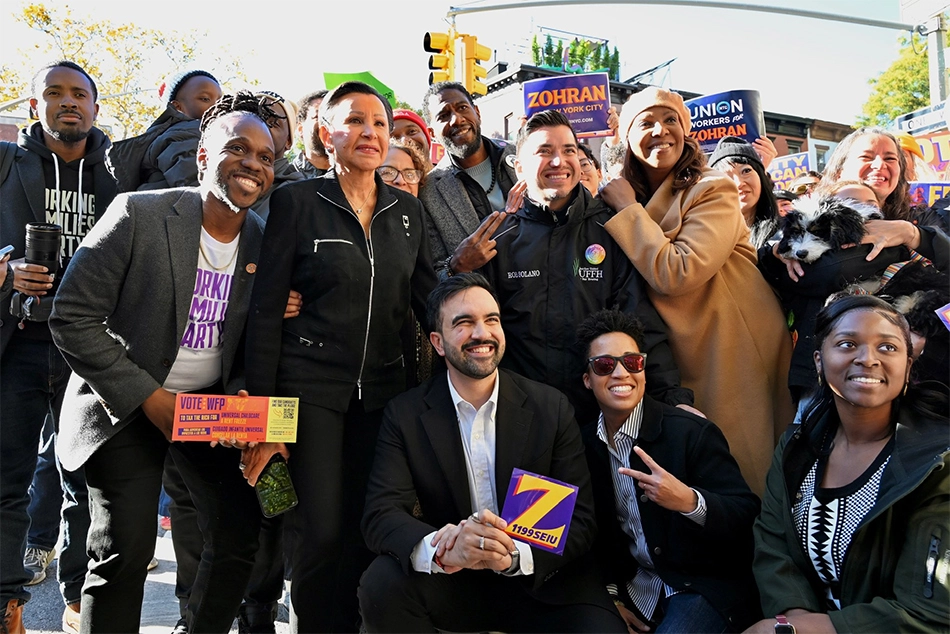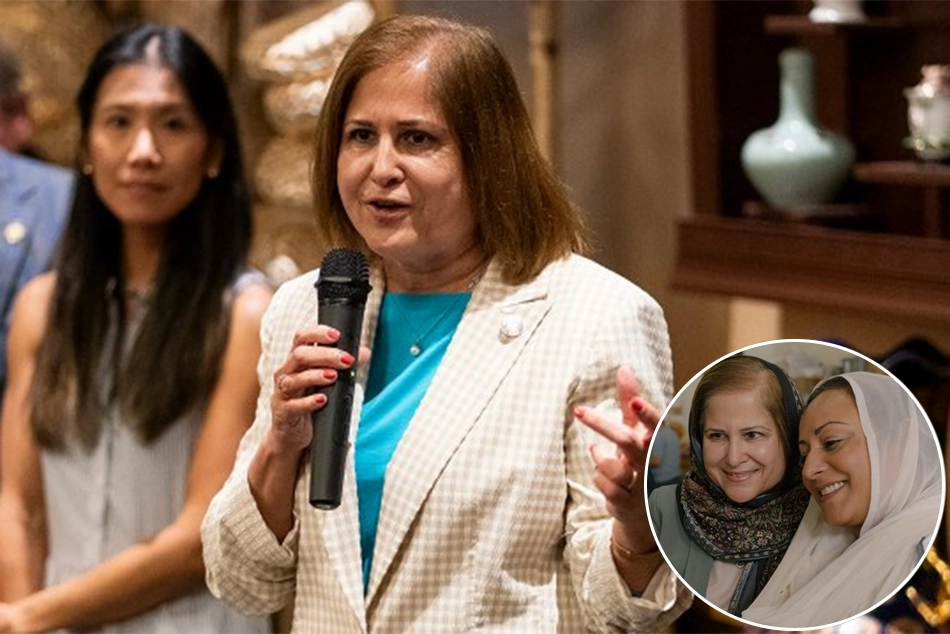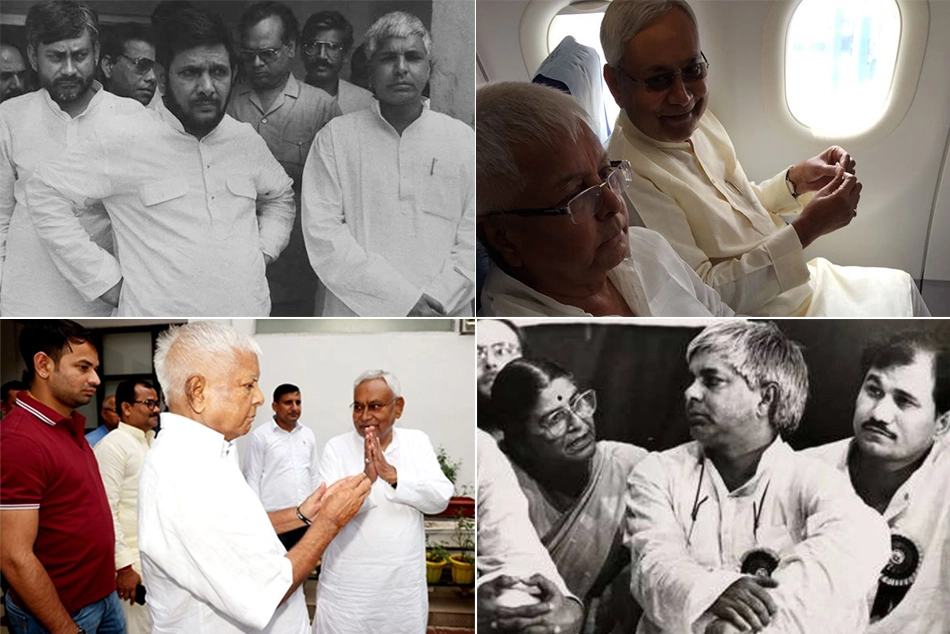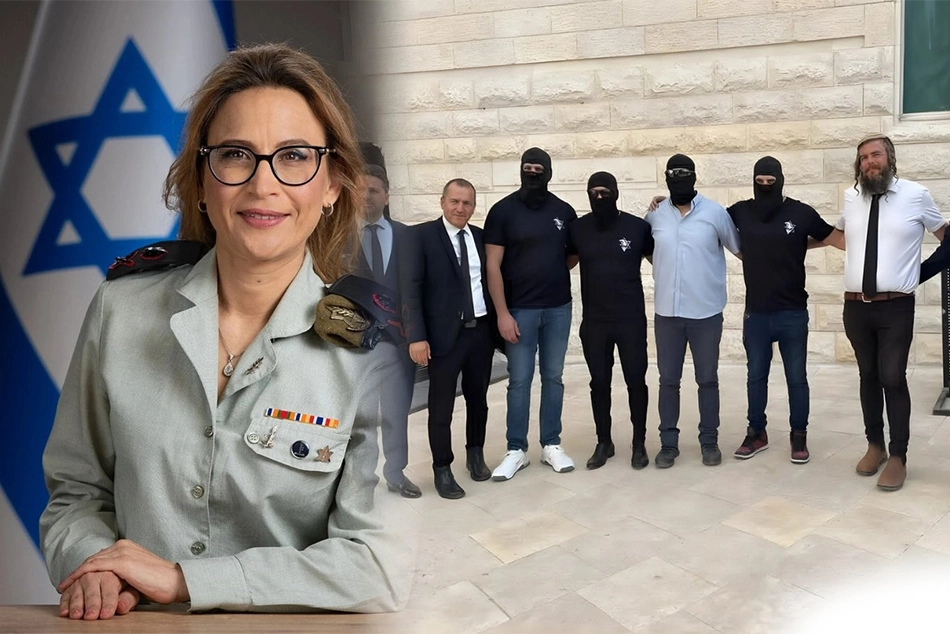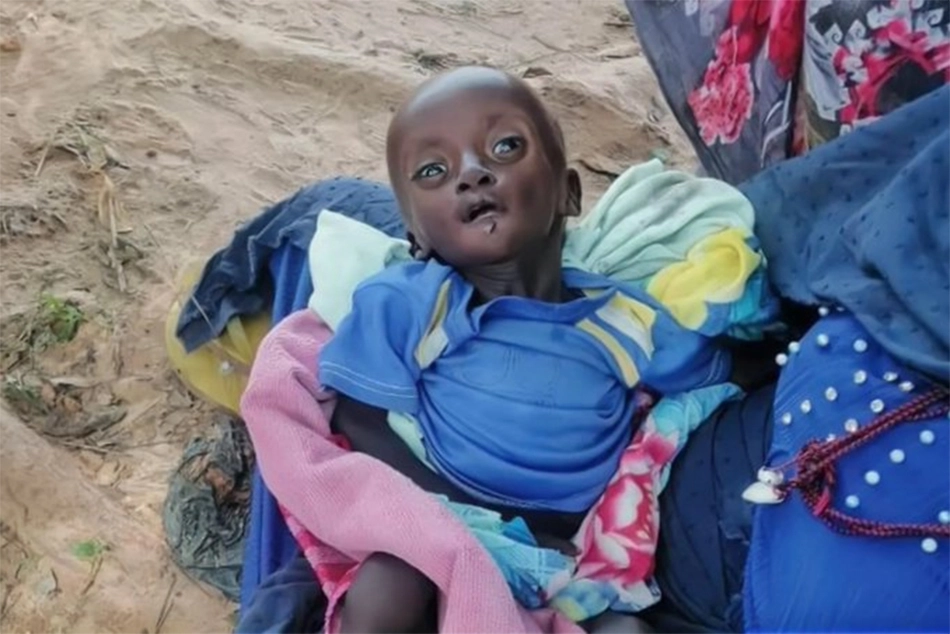
Bihar 2025 Polls: Dalit Voters' Evolving Political Confidence
The Dalit voters' evolving political confidence seen in 2025 Bihar assembly and other elections stems from a long struggle against caste oppression
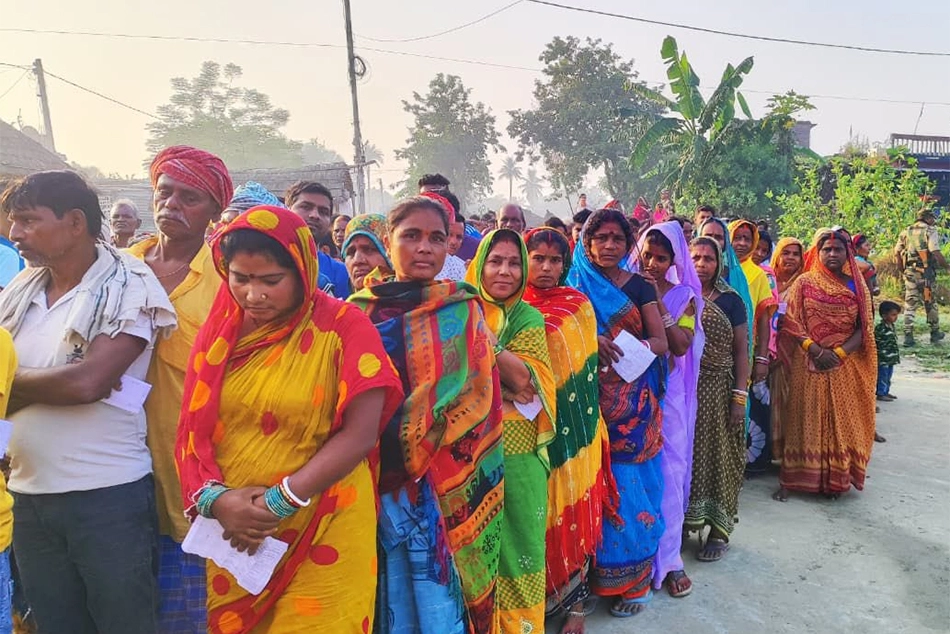
The Bihar Assembly elections were formally announced on October 6th. The Election Commission’s final roll includes 74.2 million voters, following a special intensive revision that removed over 6.9 million entries and added approximately 2.15 million new names.
Although the NDA, Mahagathbandhan, and the recently formed Jan Suraj Party are all attempting to attract Dalit voters, Dalits are demanding accountability, not just promises. In Bihar, the Dalit vote has never been limited to issues like the caste census or seat reservation; instead, it serves as a rallying cry against the entrenched social hierarchy, discrimination, and upper-caste control of resources.
Before the 1990s, most Dalits in India were seen as a Congress vote bank. Previously, Dalits did not support the Bharatiya Janata Party (BJP). Since its inception, the BJP has tried to court Dalits, but failed to make significant inroads until the 1990s.
What’s the Past?
In the 2020 assembly elections, the BJP won nine SC-reserved seats, the JDU won eight, and Jitan Ram Manjhi’s Hindustani Awam Morcha (HAM) won three. Mukesh Sahni’s VIP, then part of the NDA, won one seat. The opposition RJD won 10 SC seats, Congress won two, and the Left parties secured five.
Of the 243 seats in the Bihar Assembly, 38 are reserved for Scheduled Castes. In 2010, the NDA swept by winning 37 such seats. By 2020, its lead had shrunk to 21-17. In 2015, when the Janata Dal (United) contested as part of the Mahagathbandhan, the alliance won 29 out of 38 reserved seats.
Dalit Data and Vote Equations
The Scheduled Caste population in Bihar was 16% according to the 2011 census, but after the 2023 caste census, this rose to 19.65%. The Scheduled Tribe population remained relatively unchanged at 1.68%. This shift offers renewed hope for voter access and political representation.
Bihar’s caste system has always influenced welfare schemes and voting patterns. As of 2011, the state’s population was 130.7 million. The 2023 caste census transformed understanding of the Dalit demographic, showing that the 19.65% Dalit share, or 26 million Scheduled Castes, now presents a notable political challenge for all major alliances.
Dalit voices have often been muted in the tense atmosphere of voter monitoring, shifting alliances, and campaign pledges, but they are now becoming more prominent. Their votes have tremendous potential, making them vital to both the NDA and Mahagathbandhan.
In Bihar’s caste-based society, Dalits—historically denied the vote—now represent a major force. With the Brahmin population at 3.65%, Rajputs at 3.45%, and Bhumihars at 2.86%, Dalits, at 19.65%, are a powerful demographic, significantly outnumbering other marginalized groups in voting strength.
How will the Dalit Vote be Decisive?
Dalits are a pivotal group in Bihar’s complex caste equations. Data shows their votes could influence 60–65 assembly constituencies. Within Dalits, the largest group is the Dusadh/Paswan community, which has largely supported the LJP(R), benefitting the NDA. The Paswan have also supported Left parties in some areas. The second-largest group is the Ravidas/Chamar community, traditionally influenced by Babu Jagjivan Ram and initially allied with Congress and later the CPI(ML) and CPI. Lately, Ravidas support has swung towards the RJD. The Mushar community, meanwhile, splits its loyalty between the BJP, Congress, CPI(ML), and most significantly, Jitan Ram Manjhi’s Hindustani Awam Morcha. Clearly, Dalit voting patterns are diverse, though a significant shift is apparent this year.
After Nitish Kumar became Chief Minister, Dalit communities became divided into Mahadalits and Dalits for political reasons. The Paswan (Dusadh) caste was excluded from certain benefits reserved for Mahadalits, leading to resentment. Many analysts believe Ram Vilas Paswan bore a grudge against Nitish Kumar over this. While that formal divide is gone, LJP (R) leader Chirag Paswan’s grievances with Nitish Kumar persist.
Political observers note that Dalit political power has long been underestimated. Dalit voter numbers have risen from five to six million. The Dusadh, Ravidas, and Mushahar together form about 65% of the state’s SC population. Other subcastes, such as Mehtar (0.19%) and Pasi (0.98%), are also significant. These evolving equations create new uncertainties for parties seeking to predict Dalit voting.
Caste-Based Atrocities, Poverty, and Unemployment
Currently, over 34% of Bihar’s families—including more than 44% of SC families—survive on less than ₹200 per day. Poverty is still widespread.
Bihar has one of India’s most entrenched caste systems. Violence peaked in 1977, when, on May 27, upper-caste attackers killed 11 Dalits in Belchi block, Patna district, tying them up, shooting, and burning them. Among the victims was a 14-year-old boy. Eight were Paswans and three were Sunars. The attackers destroyed their victims’ homes, and reports suggested they feasted while their victims burned. The massacre drew international attention and marked a significant political turning point.
Chirag Paswan, chief of the Lok Janshakti Party (Ram Vilas) allied with the NDA, maintains that caste is the primary reason for Bihar’s continued underdevelopment. Political alliances built on caste remain central to Bihar’s electoral landscape, molded continuously by shifting alliances, socio-economic change, and new generational aspirations.
A NACDOR survey of Dalit voters found that unemployment and the caste census were their chief concerns. Some 58.85% cited unemployment as the biggest issue, while more than 80% supported the caste census and increased reservations. Education and health (14.67%) and corruption (11.21%) followed as priority issues.
Caste Equations of the Alliances
Every major alliance and party in Bihar has focused on caste representation in its electoral strategies. Both upper-caste and non-upper-caste candidates have been fielded in targeted constituencies to counterbalance caste dynamics.
Under the NDA seat-sharing agreement, the JDU and BJP are each contesting 101 seats. The LJP (R) is fielding candidates in 29 constituencies, while Hindustani Awam Morcha (Secular) and Upendra Kushwaha’s Rashtriya Lok Morcha each have six seats.
Chief Minister Nitish Kumar’s JDU has nominated the most candidates from OBC, EBC, and SC backgrounds combined. He has allocated 37 tickets to OBCs, 22 to EBCs, 15 to SCs, and one to an ST candidate.
LJP (R) has fielded five candidates each from Rajput and Yadav communities, four each from Paswan and Bhumihar, across its 29 seats. The party has also given one ticket each to Brahmins, Teli, Pasi, Sudhi, Rauniyar, Kanu, Rajwar, Dhobi, Kushwaha, Ravidas, and Muslims.
Also Read: Bihar 2025 Election: A Referendum on Memory
The BJP, an NDA major partner, released its first list with 71 candidates, denying tickets to 11 incumbent MLAs and nominating several new faces. Roughly half of the list comprises Dalit, OBC, EBC, SC/ST and women candidates: 17 OBC, 11 EBC, and six SC/ST. However, the BJP has also prioritized upper-caste representation, including 11 Bhumihars, seven Brahmins, and 15 Rajputs.
The Mahagathbandhan’s internal cracks have not healed. Despite several rounds of talks between Congress, RJD, CPI(ML), and VIP, they could not avoid friendly contests in 11 seats.
Within Mahagathbandhan, the RJD has given 51 of its 143 tickets to Yadavs. This time, upper-caste and EBC representation is higher than before. RJD’s ticket allocation includes 18 Kurmi-Kushwaha, 51 Yadavs, eight Vaishyas, 14 upper castes, 33 EBCs, 19 SCs, and 18 Muslims. Congress, contesting 61 seats, has nominated 21 upper-caste candidates (about a third). It has also fielded five Yadav, six EBC, three Vaishya, and 12 SC candidates.
Altogether, Mahagathbandhan will field 254 candidates, with 11 “friendly contest” seats. In these, Congress-RJD-VIP and CPI(ML) will face off. Seven of these are NDA-held, while four are with the opposition. These contests complicate the opposition’s chances, especially given the last election’s margin between NDA and Mahagathbandhan was just 0.03%.
Notably, only CPI(ML) among the major parties has fielded a Dalit candidate from a general (unreserved) constituency. Prashant Kishor’s new Jan Suraj Party has also nominated an SC candidate for Harnaut, CM Nitish Kumar’s home seat.
Attractive Packages Before the Elections
Hours before the polls were announced, the BJP-JDU government declared an infrastructure package of ₹15,053 crore. Chief Minister Nitish Kumar also launched projects worth over ₹13,720 crore through various departments and kicked off 22 projects worth ₹1,333 crore via remote control.
Dalit Voters’ New Self-Determination
Despite all the electoral noise, Dalits in both rural and urban Bihar are sending a clear message. While the NDA, Mahagathbandhan, and Jan Suraj continue to court them, Dalit voters are increasingly focused on demanding real accountability, not mere slogans.
Leaders are naming Dalit communities in their speeches, but voters are scrutinizing their commitments. Young Dalit activist Nitin Arya puts it succinctly: “Just naming names is not enough; there is a need to ensure jobs, education, and fair participation for all.”
This election could prove whether Bihar’s democracy is merely superficial or truly transformative. Dalits no longer want to remain on the margins—they aim to be central to power and decision-making. Their journey, from enslavement to empowerment, from obscurity to political assertion, is the real test of Bihar’s democratic promise this election.
Dalits’ evolving political confidence stems from a long struggle against caste oppression. Having broken free of historic shackles to claim land, dignity, education, and health, Dalits—once relegated to the margins as migrant or bonded laborers—are now moving steadily toward social and political self-determination.
[The writer, Dr Goldy M George, is a Social Activist.]
Follow ummid.com WhatsApp Channel for all the latest updates.
Select Language to Translate in Urdu, Hindi, Marathi or Arabic
